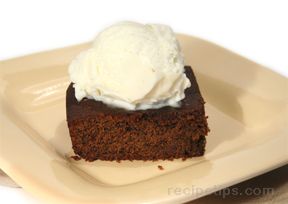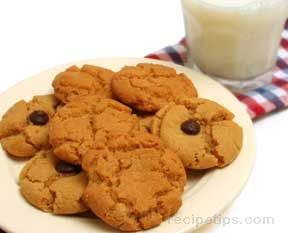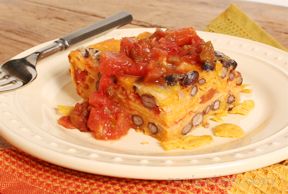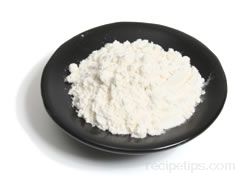Similar Content to: Gluten Free
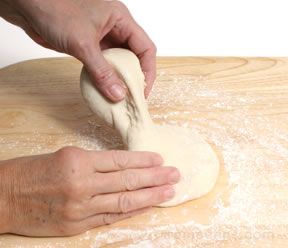
Gluten forms only when liquid is added to flour causing a reaction of the insoluble proteins gliadin and glutenin. Gliadin has the consistency of syrup when it is combined with water and glutenin becomes very rubbery. The combination of the two is what gives dough its sticky and elastic qualities. The quantities of these proteins are highest in flour milled from wheat, but the level is also high in barley, oats, rye, and triticale. Grains related to wheat, such as spelt and kamut®, also contain the proteins necessary to form gluten.
Some individuals have an allergic reaction to gluten and therefore must not consume products containing gluten. Some non-gluten flours that can be safely consumed by gluten-intolerant individuals are rice (brown and white), potato, chickpea, quinoa, cornmeal, soy, sorghum, and buckwheat.




